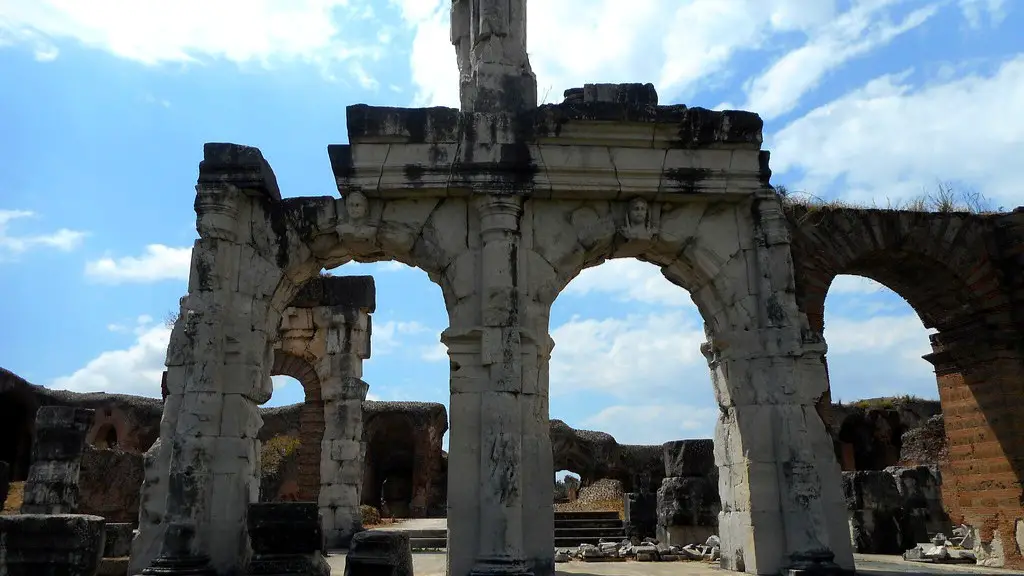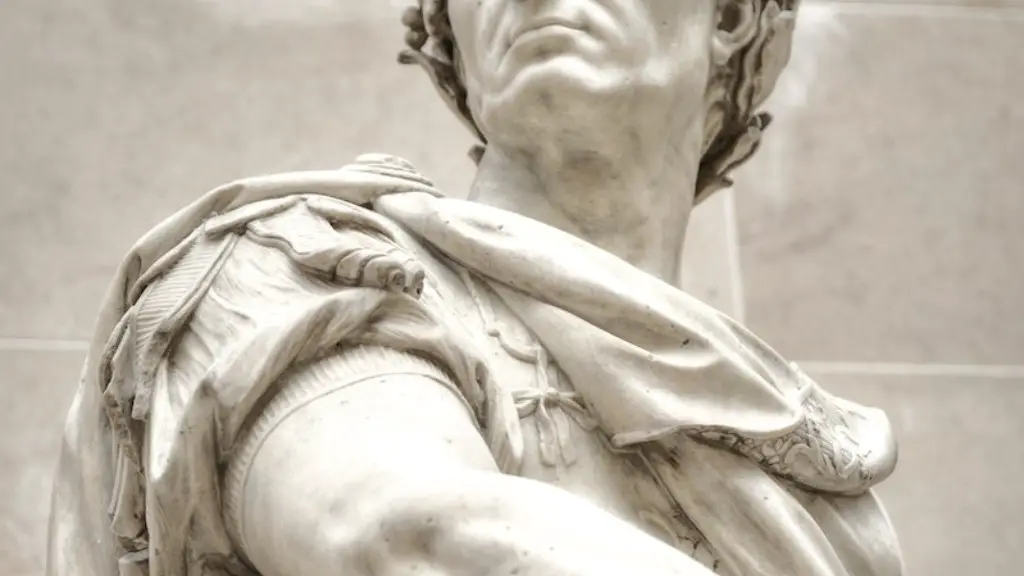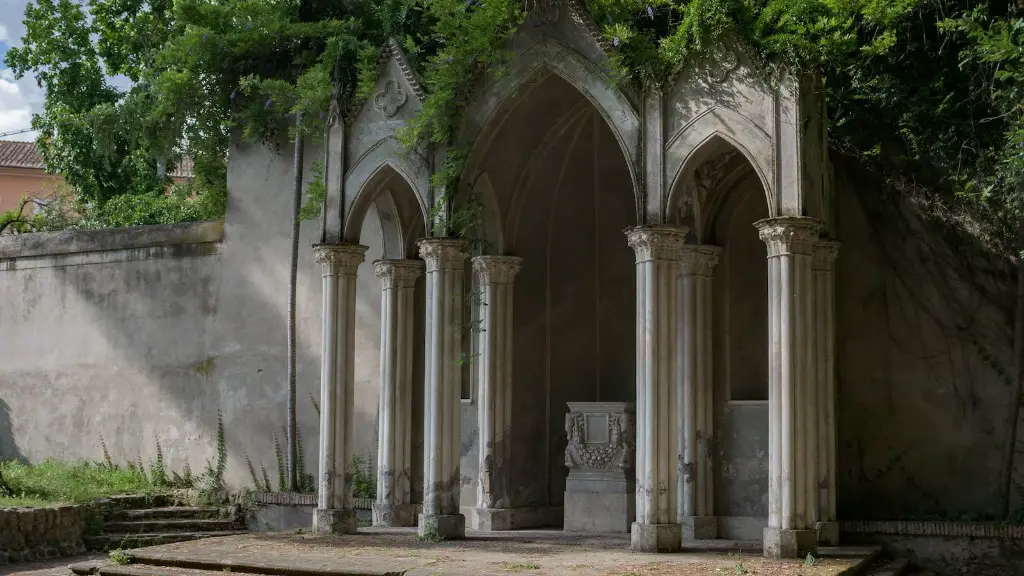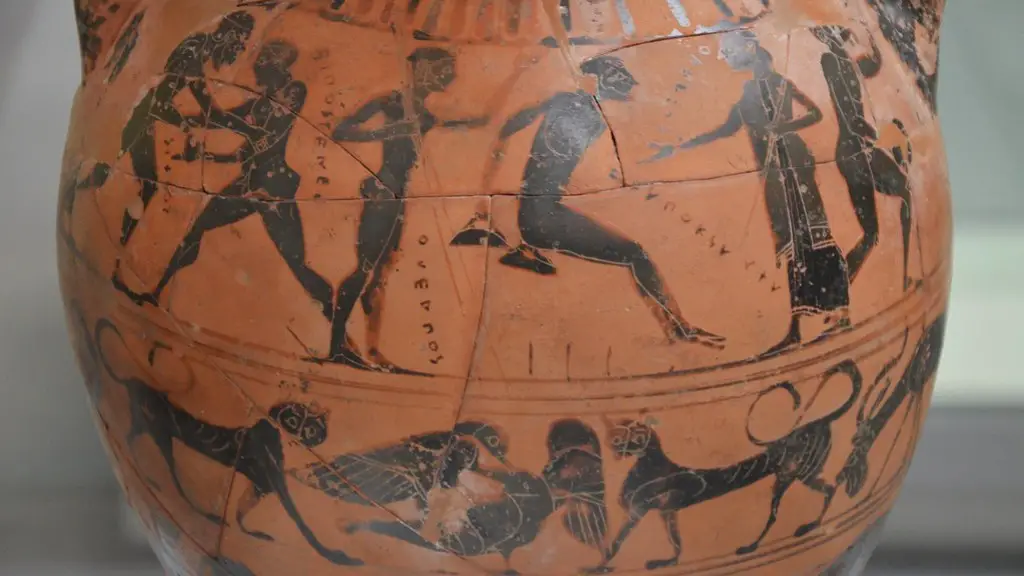The Roman Republic
The Ancient Romans were one of the most renowned civilizations in history, and the core of their culture can be found in the formation of their Republic. This republic was formed in 509 BC, when Rome overthrew it’s last Etruscan king. This event marked the shift into a new era, one of political and cultural advancement, an era built upon the idea of shared governance. This idea of shared governance is often called ‘Roman Exceptionalism’, and is still a cornerstone of western ideology.
In the early days of the Republic, Rome was a mostly rural agricultural society, governed by a senate. This senate was made up of representatives from the wealthy and influential patrician families of Rome. The senate was responsible for all matters of the state, from religion, to criminal law, to foreign policy. The senate was also responsible for choosing two leaders of Rome, the consuls. The consuls are where we get the term ‘consultation’ from, as they would consult with the senate on all decisions. The consuls were usually chosen from within the Senate itself.
Apart from the Senate and consuls, Rome also had an Assembly. The Assembly was made up of all citizens of Rome, and was responsible for passing laws, declaring war, and electing the pair of Tribunes, who had the power to veto any of the Senate’s decisions. As the Republic began to expand, the role of the Assembly and the power of the Tribunes began to rise, while the Senate’s role began to diminish.
By the end of the Republic in the first century BC, Rome had become a cosmopolitan city, and had a thriving slave economy. The Republic was now ruled by two mighty families, the Julii and the Claudii, and their armies were dominated by professional soldiers, paid for in coin and subsistence. This new period of Roman rule, known as the Imperium, saw Rome conquer lands far and wide, reaching from the British Isles to North Africa.
The Republic also saw the height of literature and art, as writers, playwrights, and artists alike swarmed the cities, feeding off the Republic’s wealth and influence. Roman architecture too flourished during this era, developing the use of columns, arches, and domes that would become a legacy of Roman building. Philosophy and the sciences, too, formed the basis for the advancement of many of our modern disciplines, ranging from geometry and astronomy, to medicine and the law.
The Roman Empire
The Republic eventually came to an end, with Julius Caesar’s appointment as “Dictator for Life” in 44 BC. This period, known as the Roman Empire, saw unprecedented expansion and wealth acquired for Rome. The Senate, reduced to merely a figurehead, was ruled by a single individual, the Emperor. The armies of Rome developed into a formidable force, made up of professional soldiers and extensive resources. This, along with their vast financial resources, allowed them to conquer vast amounts of the known world.
The Roman Empire saw incredible technological and scientific advancements, as well as deeper integration of the Roman culture into areas that they had conquered. Latin, the language of Rome, spread throughout the Empire, and remains an influential language in Europe to this day. Also during this period, Rome experienced its greatest heights in literature and art. Writers such as Virgil and Ovid produced works that still stand today as among the greatest pieces of literature of all time.
The Rome Empire also saw the height of Roman architecture, with the building of the Colosseum and the completion of the first aqueducts, the aging engineering marvels that still supply Rome with water. Despite the great wealth, power, and accomplishments of the Roman Empire, its fall would come, in part due to its financial struggles, eventually leading to its collapse.
The Late Roman Empire
The late Roman Empire, also known as the Late Antiquity period, lasted from the third to the fifth century. This period saw cycles of great prosperity, as social and economic stability returned to the Roman Empire. However, this period is perhaps most remembered for the barbarian invasions which led to the eventual fall of the Roman Empire.
The barbarian invasions were nothing short of catastrophic for Roman civilization. Barbarian tribes from all around Europe, led by the Visigoths, the Ostrogoths, and the Vandals, sacked and sacked cities, taking their goods and destroying monuments and cultural artifacts. This period of turmoil led to the eventual fall of the Roman Empire in 476 AD, and ushered in the medieval period.
The Roman Empire may no longer be around, but its legacy lives on. Its advances in literature, art, and architecture, its language, its law, and its military advancements, continue to be some of the most influential in our society today.
Christianity in the Roman Empire
Christianity was a major influence on the culture of the Roman Empire, and was the official religion of Rome by the fourth century. Christianity had slowly been gaining influence in the Roman Empire since its conception, and had slowly grown in the areas surrounding Rome, until it eventually spread to the capital itself.
Christianity, at least in its early stages, was seen by the Romans as a threat to their polytheistic worldview. The Romans were well-known for their religious zeal, and their persecution of Christians was one of the main reasons for the tarnished legacy of the Roman Empire. Despite this, Christianity has been an integral part of the culture in Europe, and has had an unrivaled impact on the development of Christianity in our modern world.
Christianity was a major factor in the fall of the Roman Empire, as the Christians actively sought to undermine the authority of the state. This, however, did not stop the spread of Christianity throughout Europe. Christianity was adopted by many of the succeeding kingdoms and empires, and is still a major influence in Europe to this day.
Roman Legacy
The Ancient Romans, and the culture they created, have left a deep mark upon our modern world. Their advances in literature, art, science, and engineering continue to influence us to this day, and their contributions to our society are manifold. From our justice system, to our engineering and building techniques, to our very language, the Roman legacy is so deeply entrenched that it is impossible to imagine our world without it.
The Roman Empire, despite its eventual fall, continues to be seen as a beacon of greatness and power. Its accomplishments, despite being overshadowed by its cruel practices, remain among the most influential of all time. The Ancient Romans, in spite of their flaws, remain a major force in our history, and the effects of their time can still be seen in our modern world.




